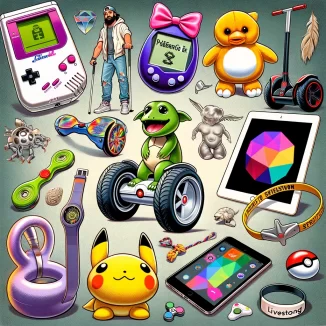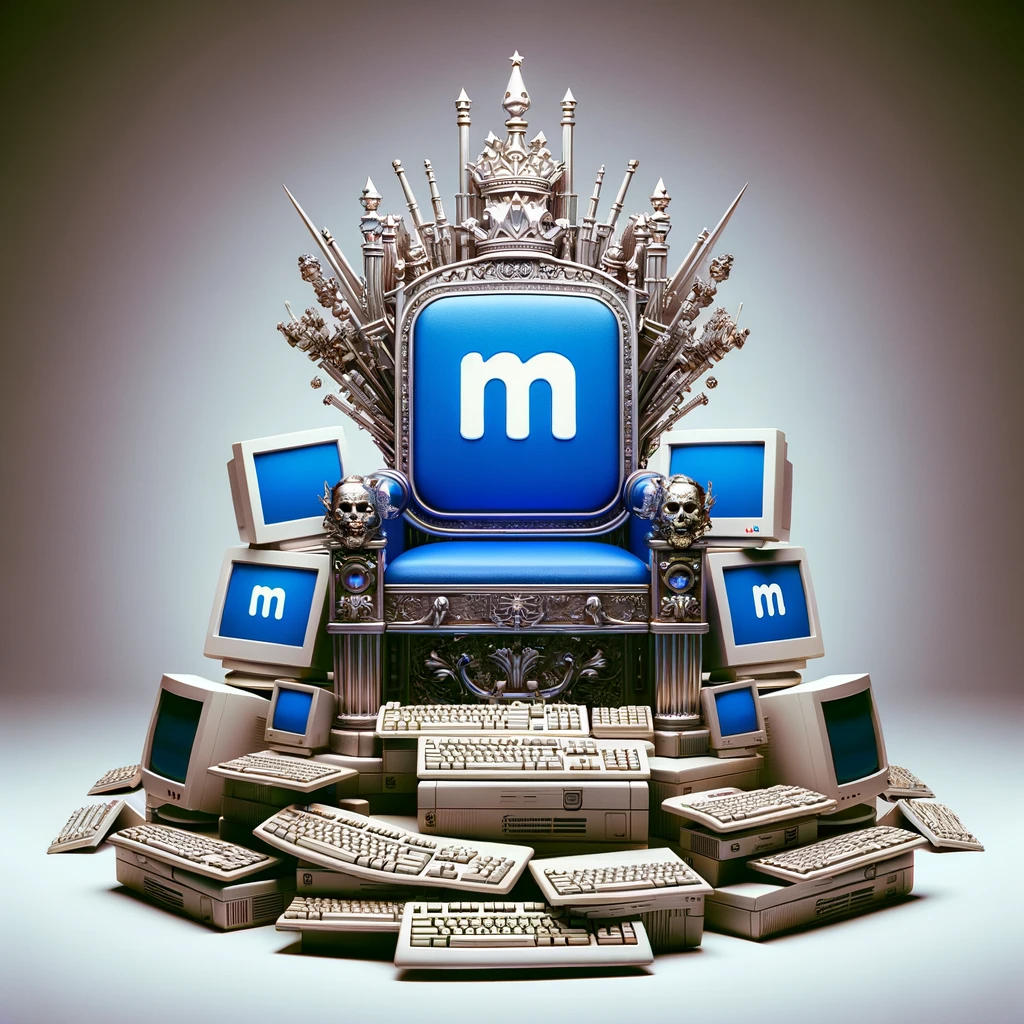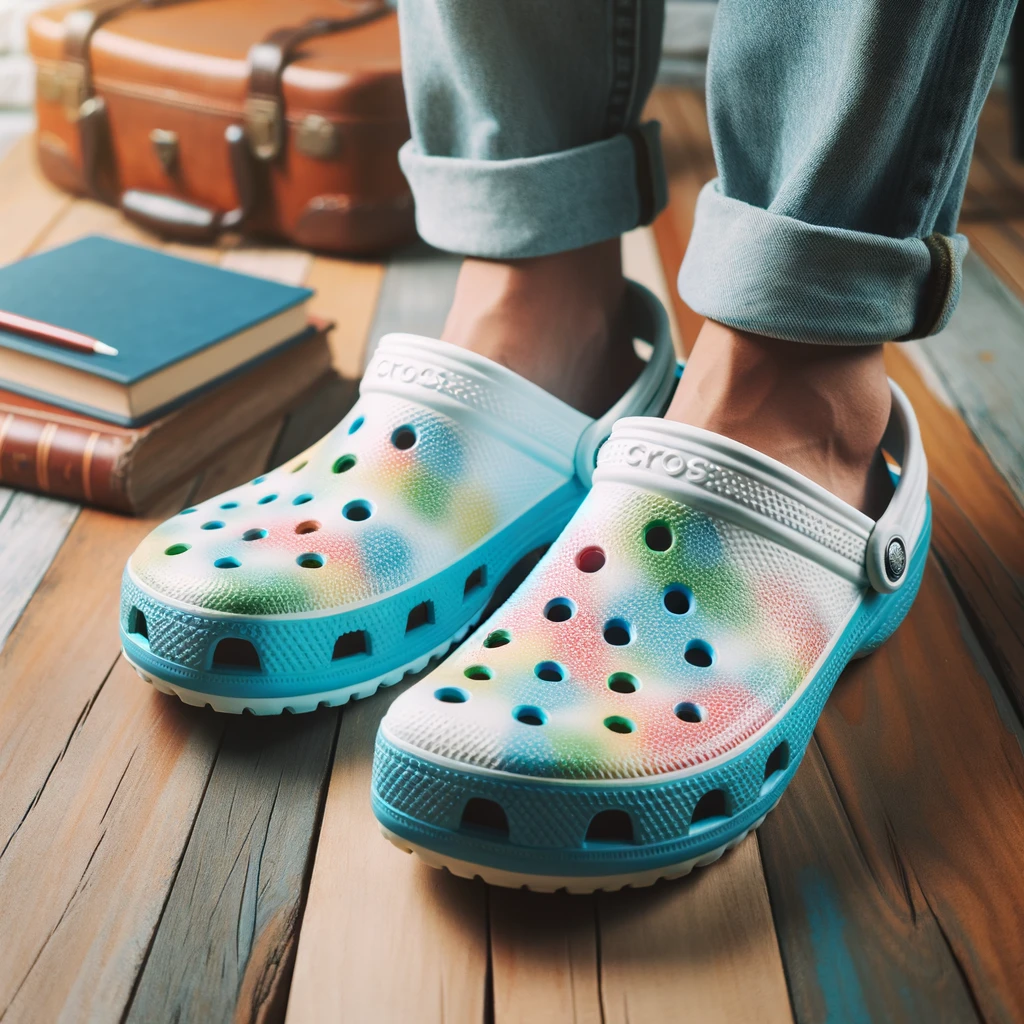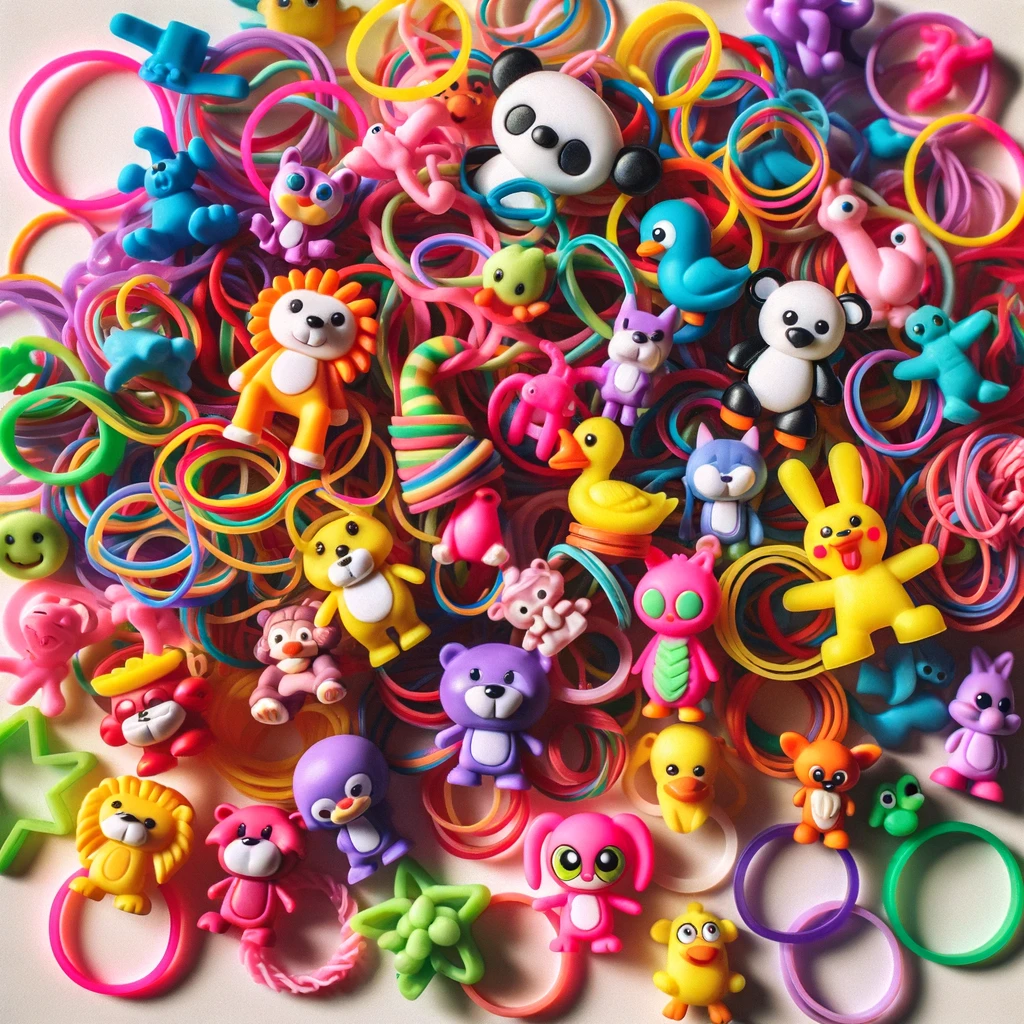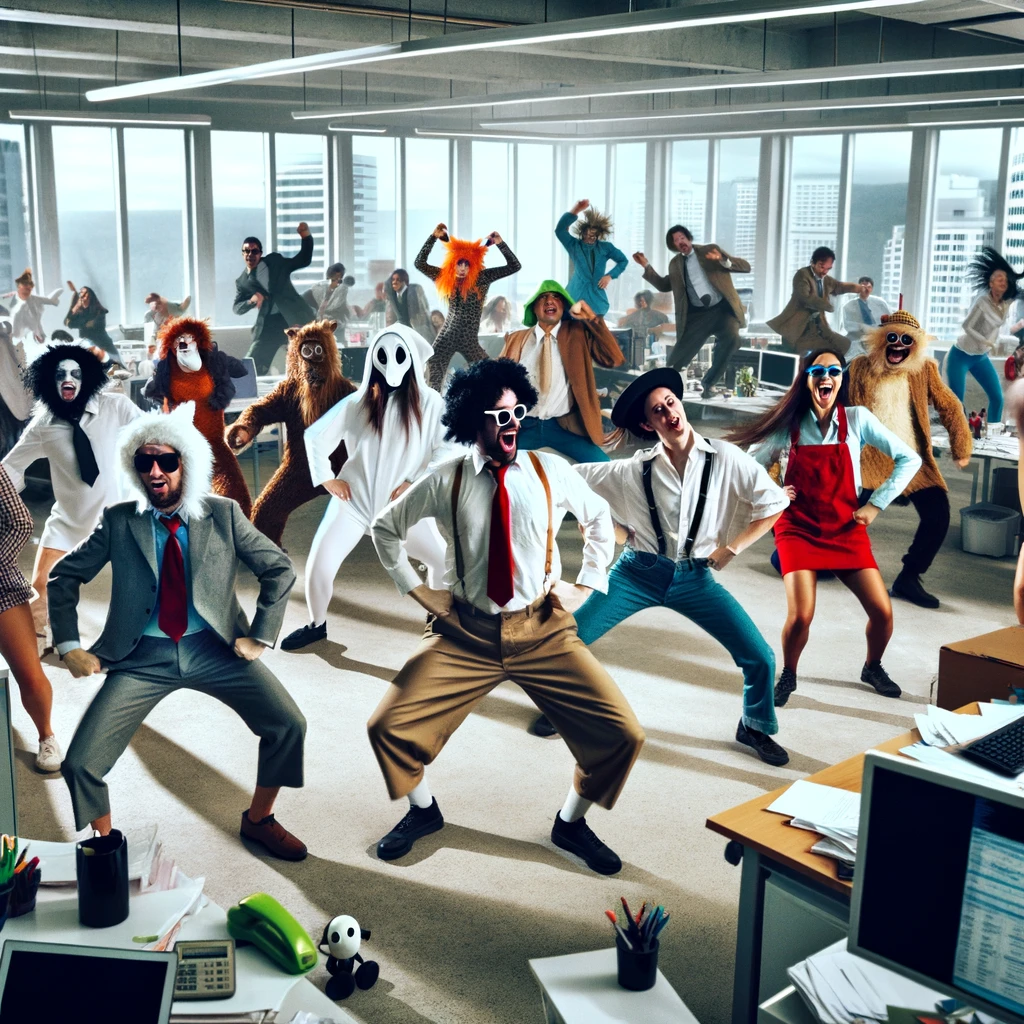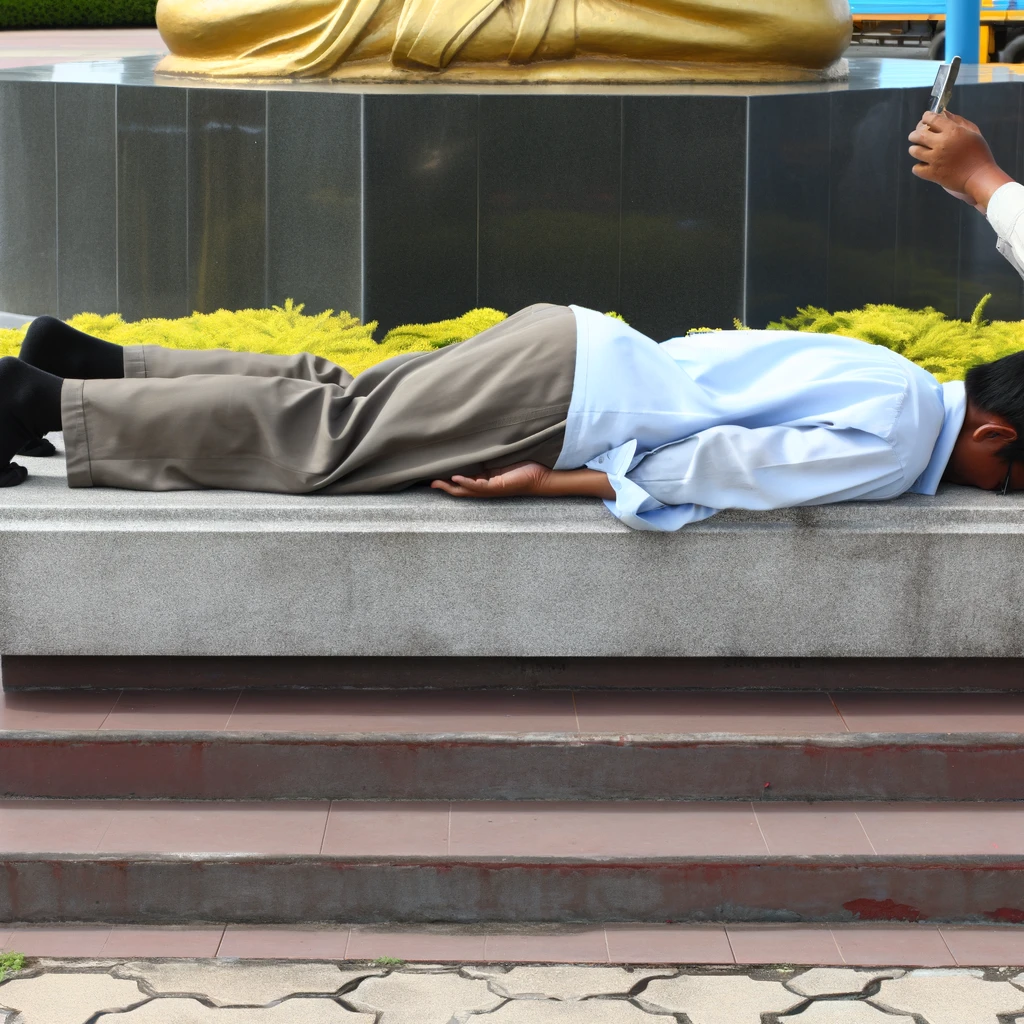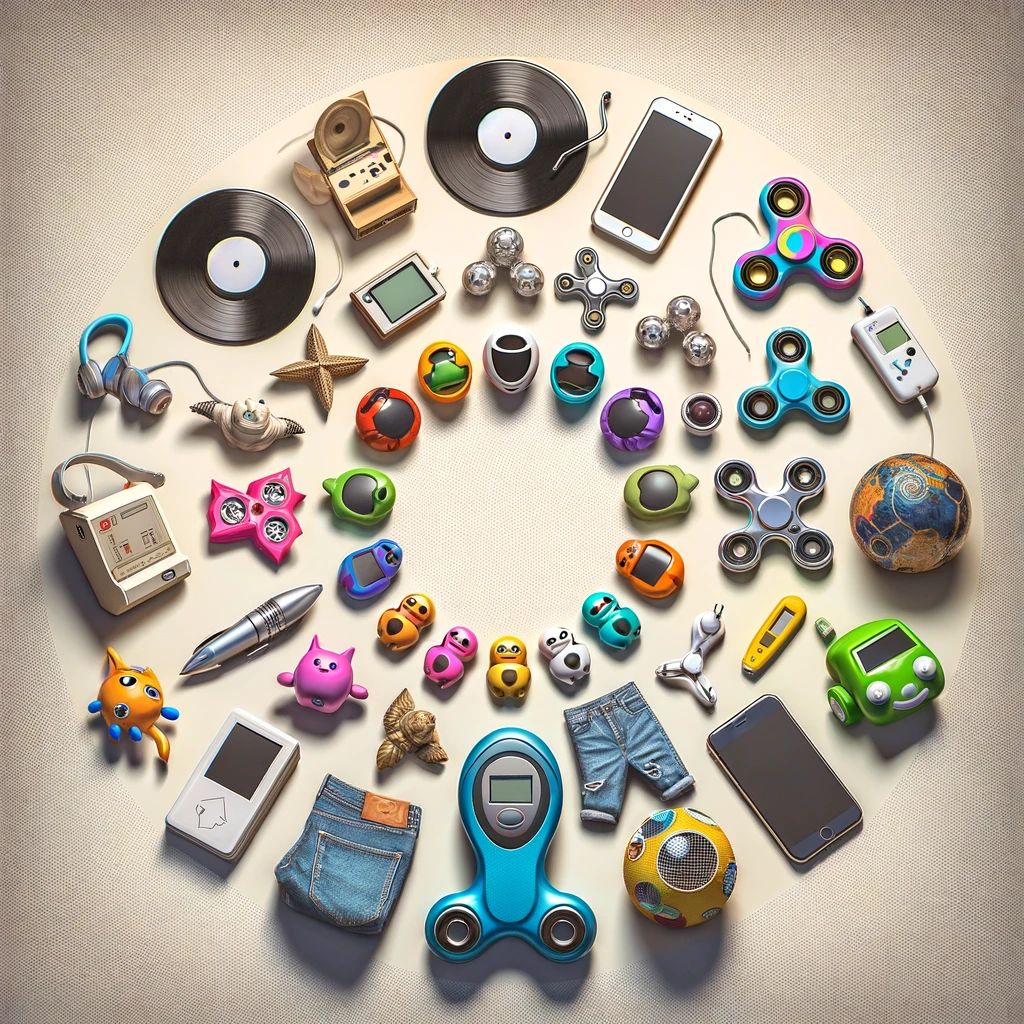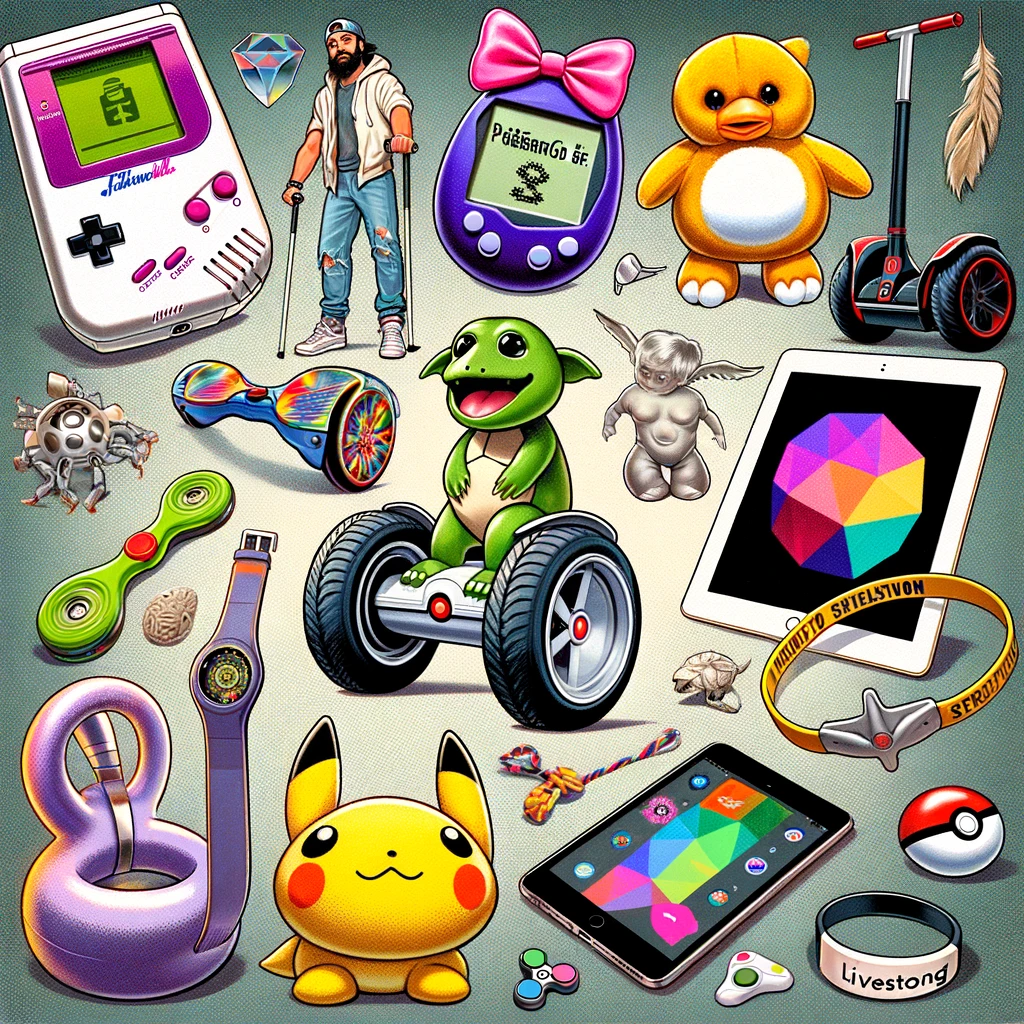
Journey back in time to an era when fads flashed brightly across our cultural sky, capturing hearts and headlines before vanishing as swiftly as they arrived. These 12 phenomena once dominated conversations, fashion, technology, and entertainment, defining moments in time with their widespread appeal and infectious energy. Yet, today, they evoke a nostalgic charm, a whimsical reminder of the transient nature of popularity. In this exploration, we delve into the ephemeral world of trends that shaped our collective experience, leaving an indelible mark on the tapestry of our shared history.
1. Tamagotchi Pets
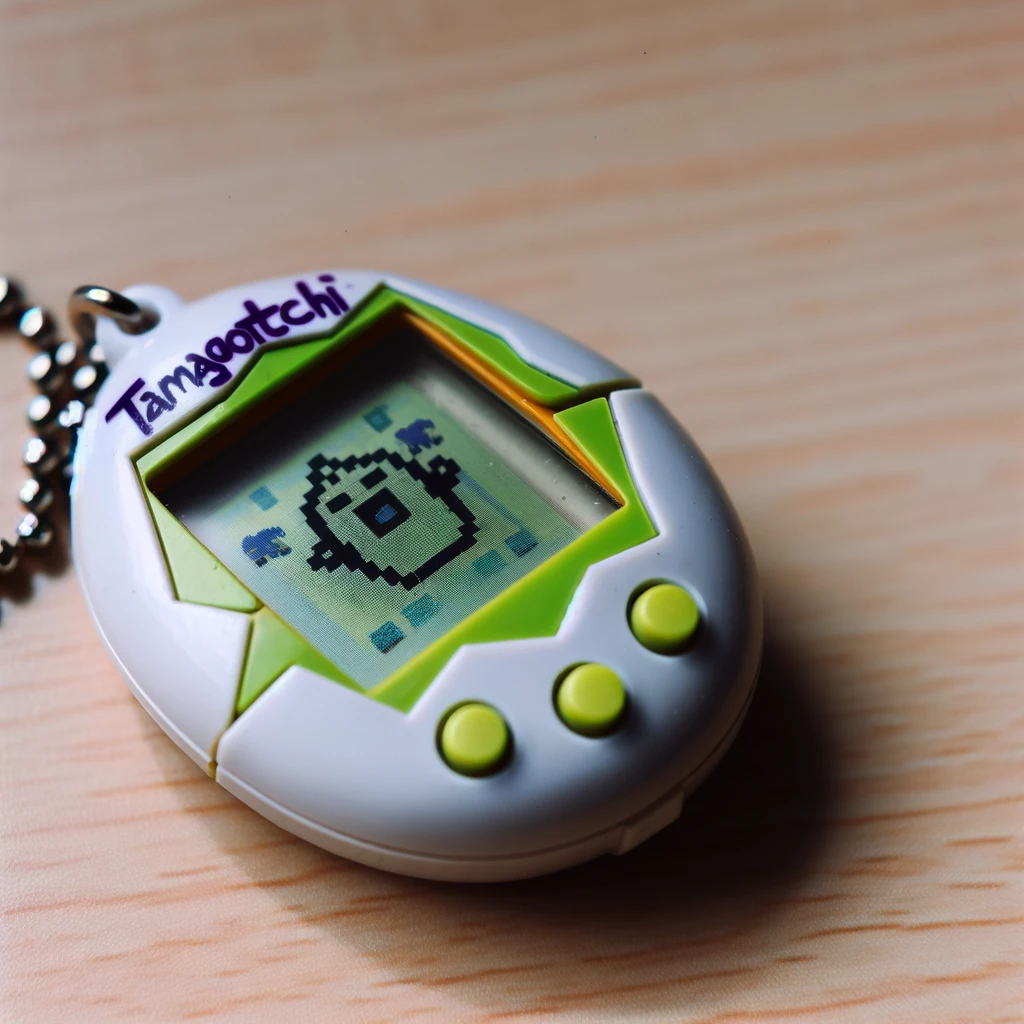
In the late ’90s, Tamagotchi virtual pets were the rage, with kids (and adults) obsessively nurturing these digital creatures. These keychain-sized devices demanded constant attention, mimicking the life cycle of real pets. Overfeeding or neglect could lead to their demise, teaching a generation about responsibility and digital grief.
As smartphones gained prominence, these pixelated pets faded into obscurity. Today, they’re nostalgic artifacts, symbolizing the pre-smartphone era of personal tech. Tamagotchis are now a curious footnote in the annals of digital entertainment, occasionally resurfacing in retro revivals.
2. Beanie Babies
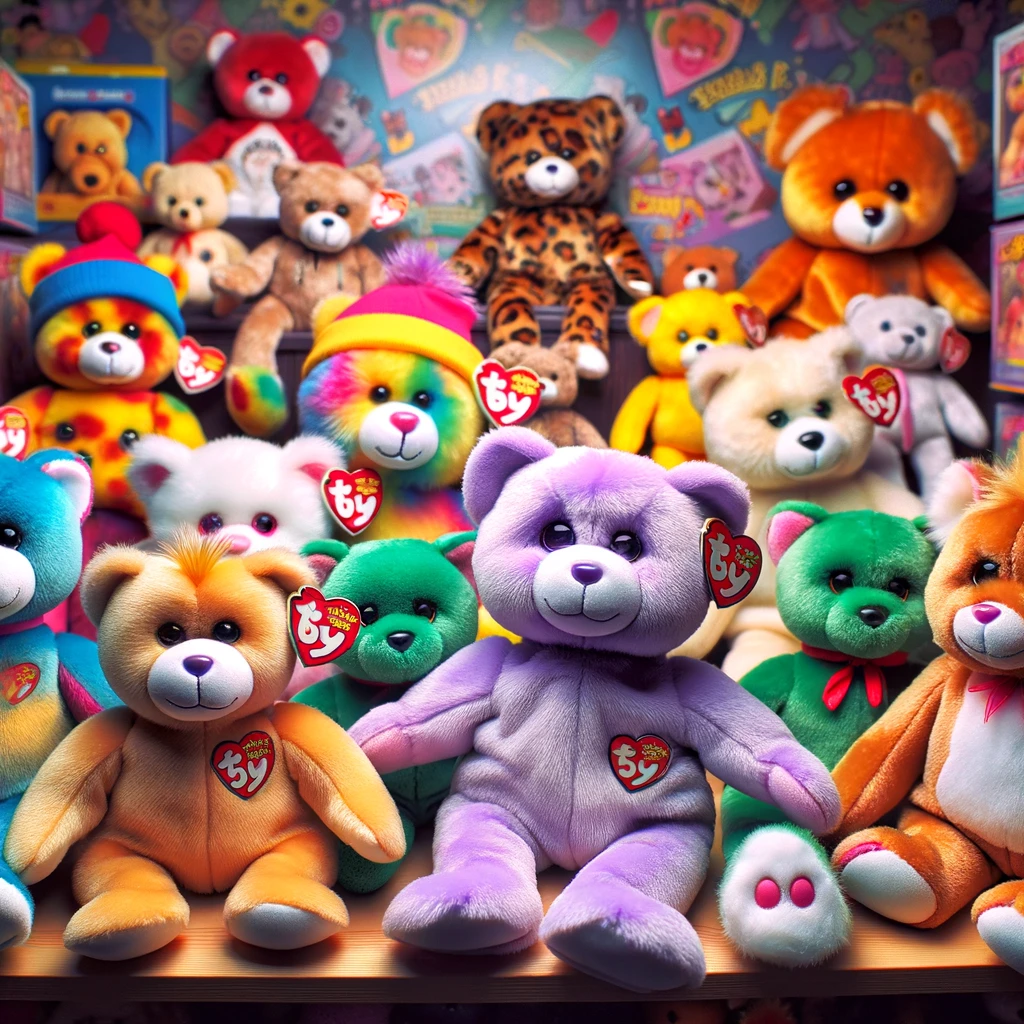
Beanie Babies, the collectible stuffed animals, became an investment craze in the ’90s. Their creator, Ty Inc., generated a mania by retiring designs, creating a secondary market frenzy. People believed these plush toys would fund their retirements, leading to speculative buying and selling.
However, the bubble burst, leaving many with worthless collections. Beanie Babies now symbolize the irrational exuberance of collectible crazes. They occasionally resurface in thrift stores, reminders of a time when plush toys were gold.
3. Flash Mobs
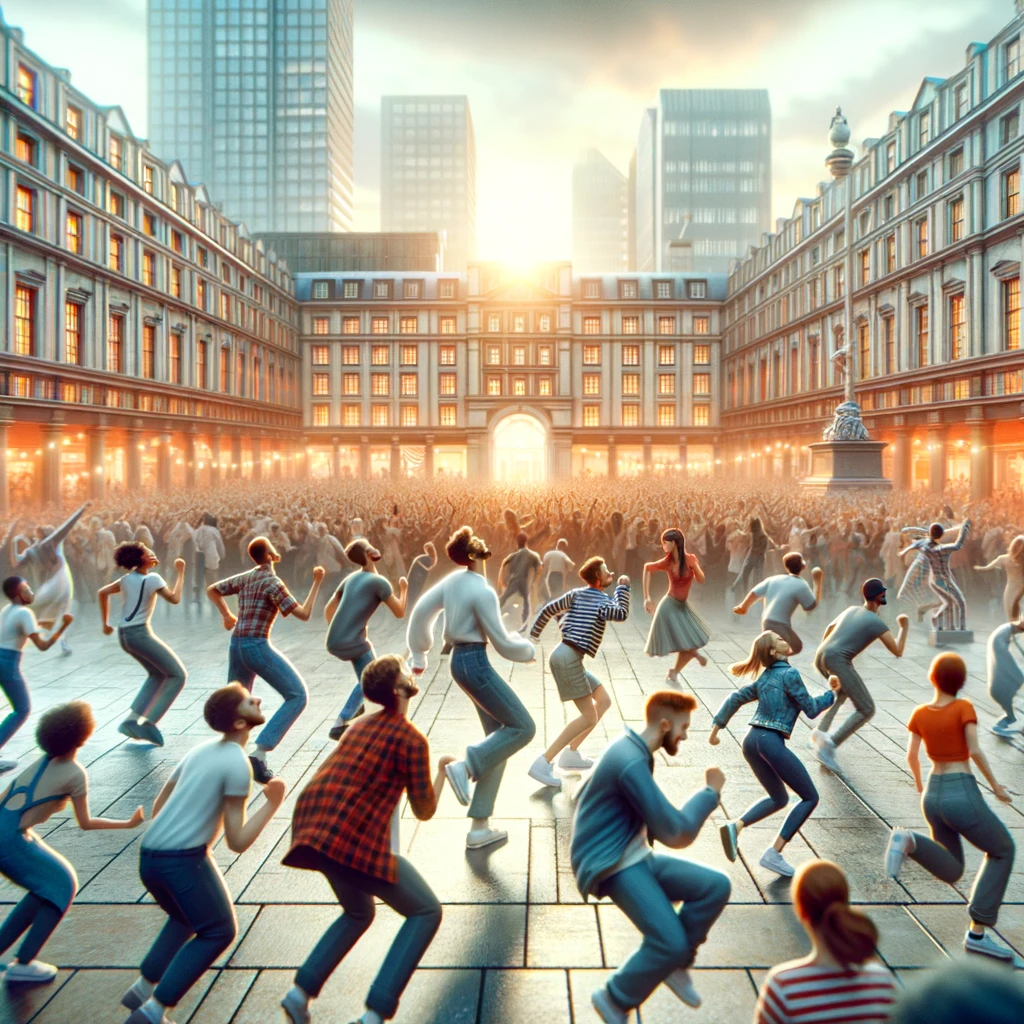
The early 2000s saw the rise of flash mobs, where groups of people assembled suddenly in public places, performing an unusual act before quickly dispersing. Organized through social media or email, these performances ranged from dance routines to silent stand-ins.
Flash mobs were a novel way of using emerging digital tools for collective action. However, as social media evolved, these spontaneous gatherings lost their novelty. Today, they’re a quirky footnote in the history of social media-driven events.
4. Segway
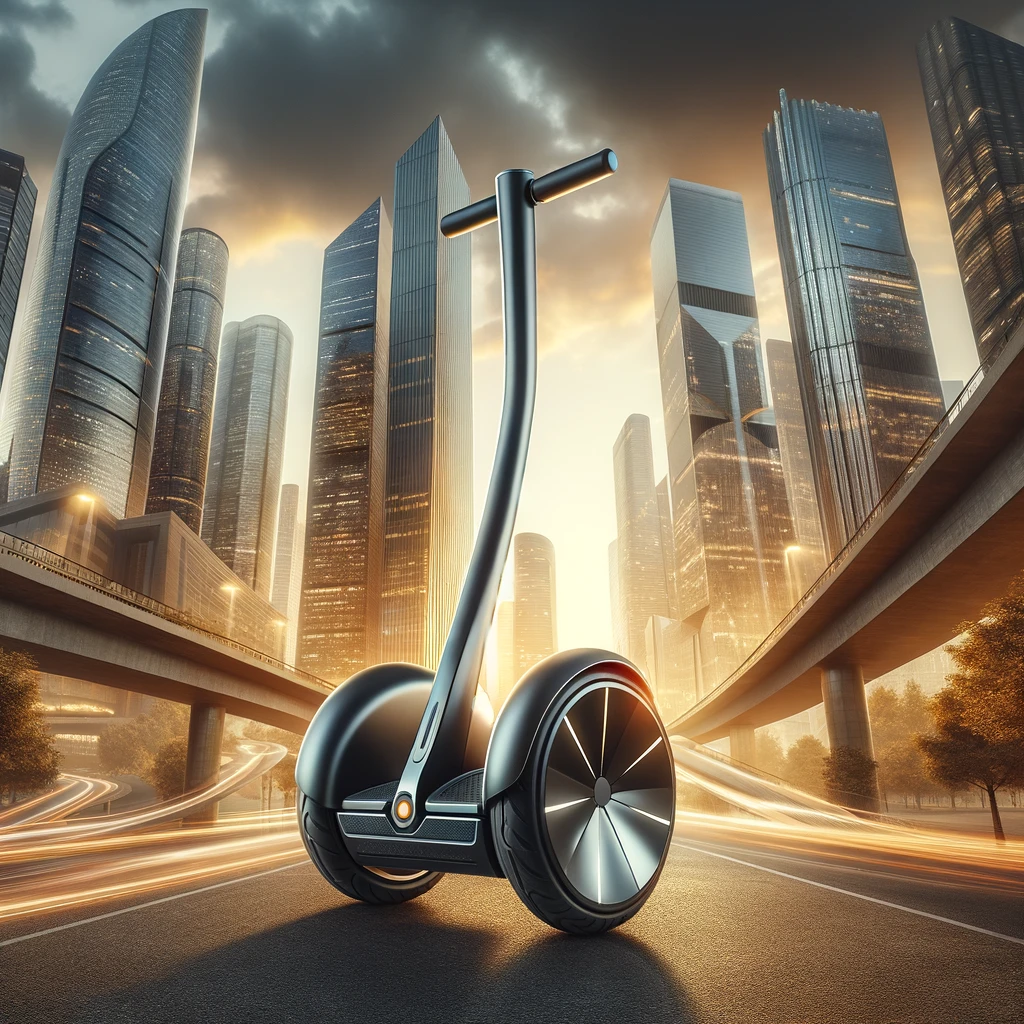
Once touted as the future of personal transportation, the Segway PT had its moment of fame in the early 2000s. Its self-balancing technology was revolutionary, yet it never became the urban mobility staple it aimed to be.
High costs, regulatory challenges, and practicality issues hindered its adoption. Now, with the rise of electric scooters and bikes, the Segway is a nostalgic reminder of early 21st-century innovation optimism. The company ceased production in 2020, marking the end of an era.
5. Pokémon Go
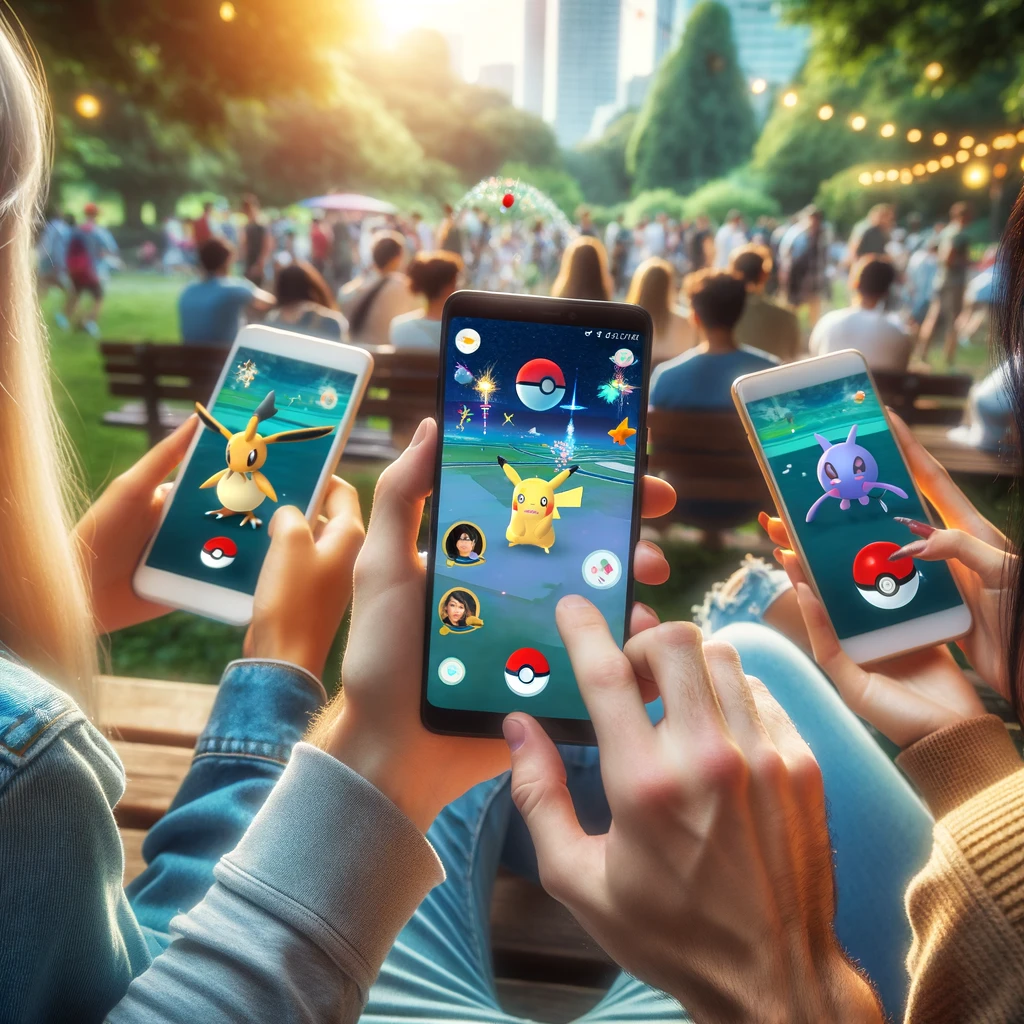
In 2016, Pokémon Go turned the world into a giant game board, merging the virtual and real worlds in an augmented reality craze. Millions took to the streets, smartphones in hand, to catch virtual creatures.
The game fostered community and exploration but also controversies and safety concerns. Its popularity waned, but it left a lasting impact on mobile gaming and AR technology. Pokémon Go remains a case study in the potential and pitfalls of AR integration into daily life.
6. Fidget Spinners
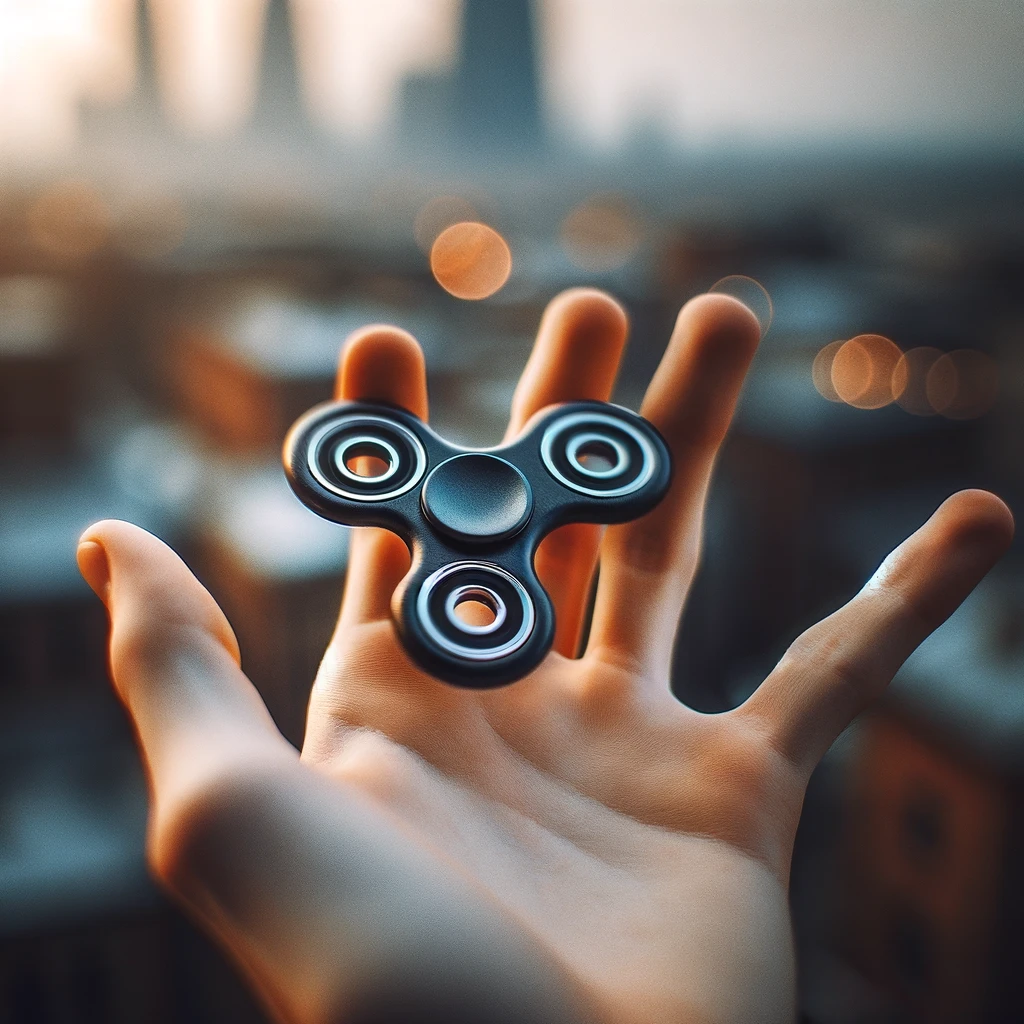
Fidget spinners, initially marketed as stress-relief tools, became a global phenomenon in 2017. Their simple, satisfying spinning mechanism captured the attention of children and adults alike.
Schools eventually banned them for being distractions, and their popularity declined as quickly as it rose. Today, they’re often found in bargain bins, a testament to their fleeting trend status.

Latrice is a dedicated professional with a rich background in social work, complemented by an Associate Degree in the field. Her journey has been uniquely shaped by the rewarding experience of being a stay-at-home mom to her two children, aged 13 and 5. This role has not only been a testament to her commitment to family but has also provided her with invaluable life lessons and insights.
As a mother, Latrice has embraced the opportunity to educate her children on essential life skills, with a special focus on financial literacy, the nuances of life, and the importance of inner peace.

